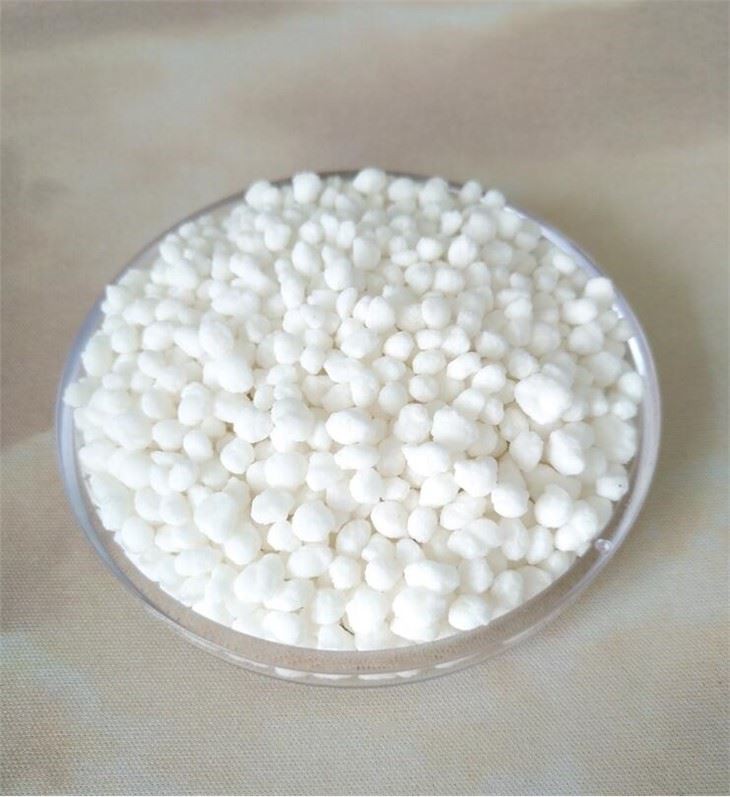



sodium hydroxide is
Understanding Sodium Hydroxide Structure, Properties, and Uses
Sodium hydroxide, commonly known as caustic soda or lye, is a highly caustic metallic base with the chemical formula NaOH. It is an essential compound in various industries due to its versatile properties and wide-ranging applications. The substance appears as a solid white crystalline material but is commonly encountered in a liquid form when dissolved in water.
Chemical Properties and Structure
Sodium hydroxide is a strong alkali that fully dissociates in water to release sodium ions (Na⁺) and hydroxide ions (OH⁻). The presence of hydroxide ions is what gives this compound its strong basic characteristics. Due to its ionic nature, sodium hydroxide exhibits high solubility in water, leading to the formation of alkaline solutions that can have a pH of 13 or higher. This high alkalinity can result in significant reactions with acids, leading to neutralization processes that are fundamental in various chemical syntheses.
The industrial production of sodium hydroxide is primarily achieved through the electrolysis of sodium chloride solution (brine). This process yields chlorine gas and hydrogen gas as by-products while producing sodium hydroxide in a solution. This method not only makes caustic soda widely available but also economically viable for large-scale use.
Applications of Sodium Hydroxide
sodium hydroxide is

Sodium hydroxide is employed in a multitude of applications, reflecting its importance in both chemical processes and consumer products. One of its prominent applications is in the manufacturing of soaps and detergents. The saponification process, which involves the reaction of fats and oils with sodium hydroxide, produces soap and glycerin. Furthermore, the cleaning and degreasing properties of caustic soda make it an effective ingredient in many household cleaners.
In the paper and pulp industry, sodium hydroxide plays a critical role in the pulping process, where it helps to dissolve lignin and release cellulose fibers from wood. This treatment is essential for producing pulp that can be converted into paper products. The food industry also utilizes sodium hydroxide, especially in the production of food items like olives and pretzels, where it acts as a pH regulator and helps to achieve the desired texture.
Another important application of sodium hydroxide is in water treatment. It is used to adjust the pH of water supplies, making them less acidic and thereby more suitable for human consumption and industrial use. In the petroleum industry, caustic soda is involved in refining processes that help to remove impurities from crude oil.
Safety and Environmental Considerations
Despite its usefulness, sodium hydroxide is a hazardous substance. It can cause severe burns upon contact with skin or mucous membranes and is detrimental to the environment if not handled properly. Thus, safety measures, including protective gear and proper storage, are essential when working with this compound.
In conclusion, sodium hydroxide is a crucial chemical with extensive applications across multiple sectors. Understanding its properties and safe handling is vital for leveraging its benefits while minimizing potential risks to health and the environment.
-
Why Sodium Persulfate Is Everywhere NowNewsJul.07,2025
-
Why Polyacrylamide Is in High DemandNewsJul.07,2025
-
Understanding Paint Chemicals and Their ApplicationsNewsJul.07,2025
-
Smart Use Of Mining ChemicalsNewsJul.07,2025
-
Practical Uses of Potassium MonopersulfateNewsJul.07,2025
-
Agrochemicals In Real FarmingNewsJul.07,2025
-
Sodium Chlorite Hot UsesNewsJul.01,2025










